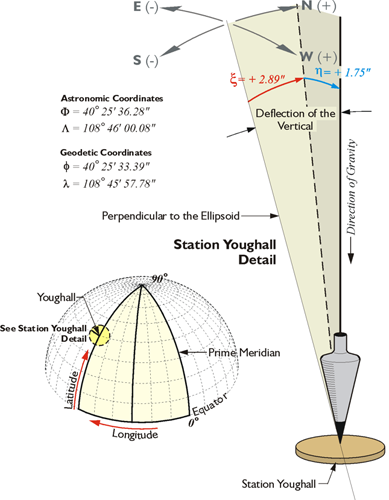
In other words, a geodetic datum is a mathematical surface, or a reference ellipsoid, with a well-defined origin (center) and orientation. Similar to the ellipse, the biaxial reference ellipsoid can be defined by the semiminor and semimajor axes (a, b) or the semimajor axis and the flattening (a, f), where f = 1 – (b / a).Īn appropriately positioned reference ellipsoid is known as the geodetic datum. The biaxial reference ellipsoid, or simply the reference ellipsoid, is obtained by rotating an ellipse around its minor axis, b. For high-accuracy positioning such as GPS positioning, however, the best mathematical surface to approximate the Earth and at the same time keep the calculations as simple as possible was found to be the biaxial ellipsoid (see Figure 4.1). One such mathematical surface is the sphere, which has been widely used for low-accuracy positioning.

To overcome this problem, geode-sists adopted a smooth mathematical surface, called the reference surface, to approximate the irregular shape of the earth (more precisely to approximate the global mean sea level, the geoid). The fact that the topographic surface of the Earth is highly irregular makes it difficult for the geodetic calculations-for example, the determination of the user’s location-to be performed. For the sake ofcompleteness, the height systems are introduced as well, at the end of this topic. As many users are interested in the horizontal component of the GPS position, the issue of map projections is also introduced. As in the previous topics, complex mathematical formulas are avoided. This topic tackles the problem of datums and coordinate systems in detail.

However, one common problem that many newcomers to the GPS face is the issue of datums and coordinate systems, which require some geodetic background. With advances in GPS and computer technologies, GPS manufacturers were able to come up with very user-friendly systems. The ability of GPS to determine the precise location of a user anywhere, under any weather conditions, attracted millions of users worldwide from various fields and backgrounds.


 0 kommentar(er)
0 kommentar(er)
